- Empty cart.
- Continue Shopping
Priyoor (Mango)
Original price was: ₹500.00.₹350.00Current price is: ₹350.00.
Genus : Philippine Mangoes
“The Priyoor Mango Plant brings the luscious flavors of Priyoor mangoes to your backyard. Enjoy the sweet and juicy fruits of this tropical delight by growing your own mango tree. Order now and indulge in the taste of Priyoor mangoes right at home.”
Priyoor, also known as the Mango fruit plant, is a popular tropical fruit tree that belongs to the Mangifera indica species. It is commonly grown in tropical and subtropical regions around the world for its delicious and juicy fruits. Here’s a more detailed description of the Priyoor (Mango) fruit plant:
- Tree Size: The Priyoor (Mango) fruit plant is a medium to large-sized tree that can grow up to 30-100 feet in height, depending on the variety and growing conditions. It has a dense and spreading canopy with a rounded or oval shape, and the trunk can be thick and sturdy.
- Leaves: The leaves of the Priyoor (Mango) fruit plant are simple, alternate, and evergreen, with a glossy texture. They are oblong or lanceolate in shape, usually about 5-16 inches long and 1-6 inches wide. The leaves are dark green in color, but some varieties may have reddish or bronze-colored new leaves.
- Flowers: The Mango tree produces small, fragrant flowers that are typically yellowish-white or pale pink in color. The flowers are borne in large terminal panicles or clusters, and they are usually bisexual, containing both male and female reproductive organs. The flowers are pollinated by insects, such as bees and flies, and they eventually develop into fruits.
- Fruits: The fruits of the Priyoor (Mango) tree are one of its most prominent features. They are large drupes that vary in shape, size, color, and flavor, depending on the variety. Mango fruits are typically oval or kidney-shaped, with a thick and leathery skin that can be smooth or textured. The skin color can range from green to yellow to red or even multi-colored, depending on the maturity and variety of the fruit. The flesh inside the fruit is juicy, sweet, and aromatic, with a unique flavor that is often described as a combination of sweetness and tartness.
- Growing Requirements: The Priyoor (Mango) fruit plant requires a tropical or subtropical climate with warm temperatures and abundant sunlight. It prefers well-drained, fertile soils, and it can tolerate a wide range of soil types. The tree needs regular watering, especially during its flowering and fruiting stages, but it is relatively drought-tolerant once established. It is a relatively low-maintenance tree, although some pruning may be needed to maintain its shape and size.
- Culinary Uses: Mango fruits are widely used in culinary applications around the world. They can be eaten fresh, used in salads, smoothies, desserts, or as a flavoring in various dishes. Mangoes are also processed into juice, nectar, puree, dried fruits, and other food products. Additionally, mango wood is sometimes used in carpentry and furniture making due to its durability and attractive grain patterns.
- Cultural Significance: Mangoes have cultural significance in many countries, and they are often associated with celebrations, festivals, and traditional customs. In some cultures, mangoes are considered a symbol of fertility, prosperity, and abundance. They are also used in religious rituals and ceremonies in some regions.
In conclusion, the Priyoor (Mango) fruit plant is a tropical and subtropical fruit tree that is known for its large size, delicious fruits, and cultural significance. It requires specific growing conditions but is relatively low-maintenance, making it a popular choice for fruit orchards, gardens, and landscapes in suitable climates.


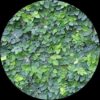

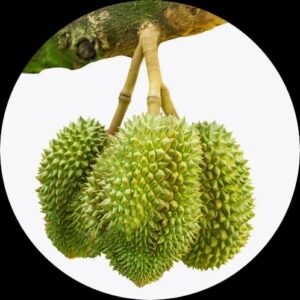

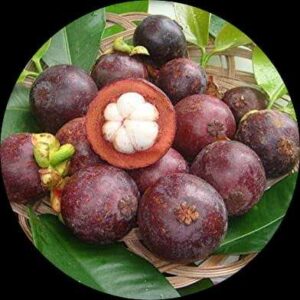



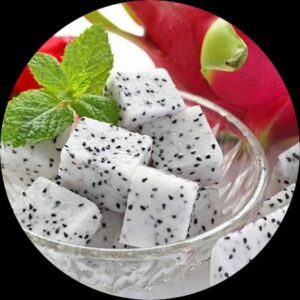
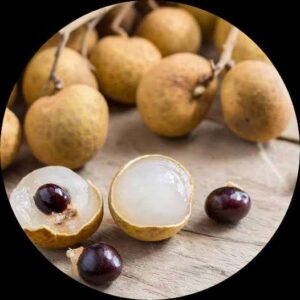

Reviews
There are no reviews yet.